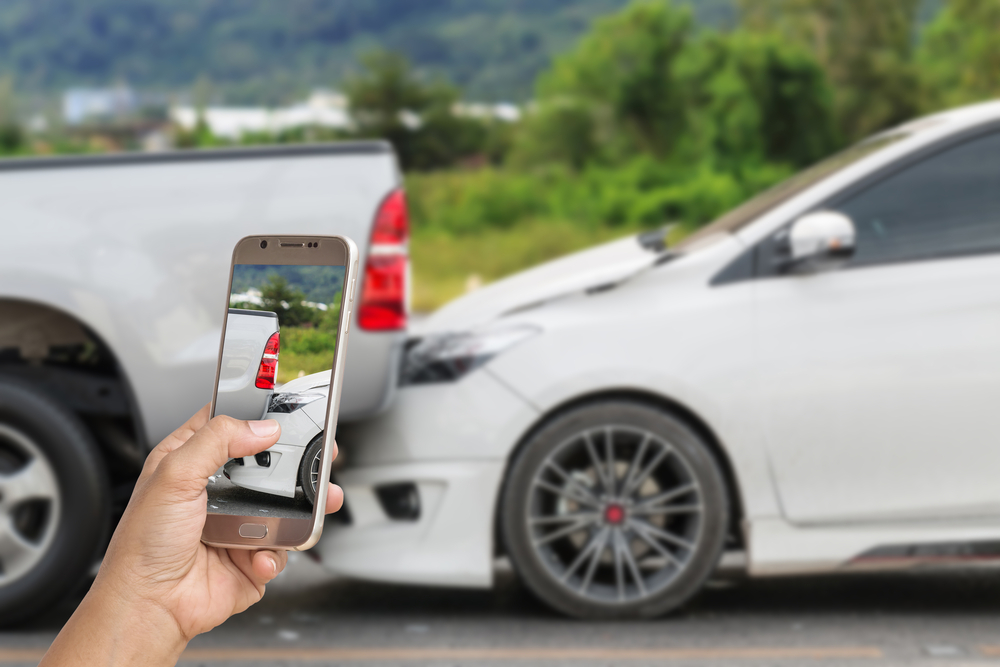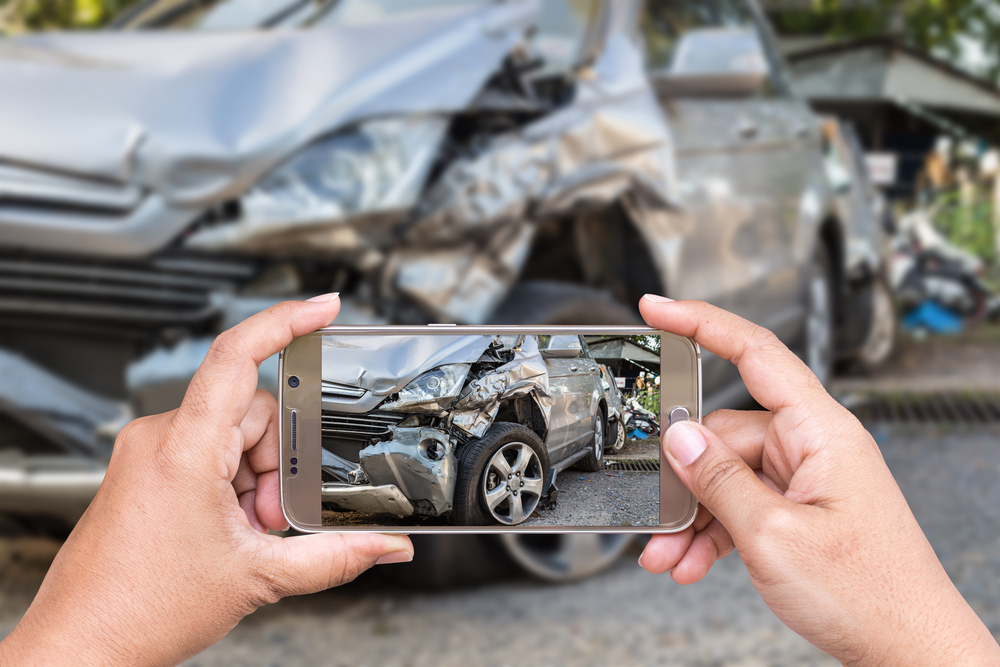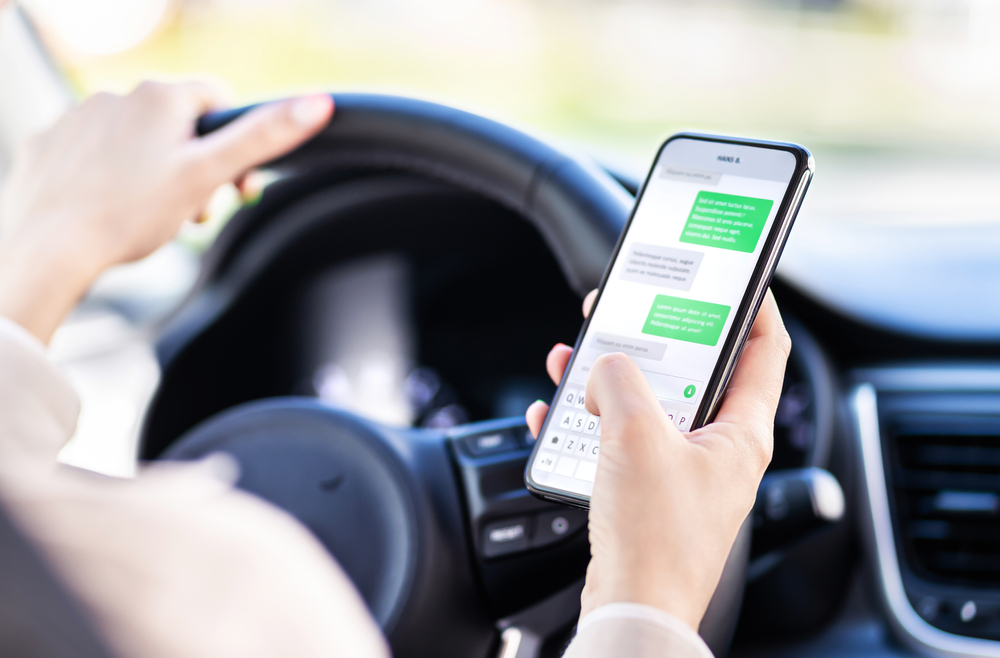
How to Prove Fault in a Car Accident Case
Key Evidence and Strategies for California Car Accident Victims
Understanding Fault Basics
Proving fault after a car accident in California is often the most important step in getting compensation for your injuries and losses. California’s laws put the responsibility on the person who caused the crash, but insurance companies will not simply take your word for it. Knowing what is required — and how to gather the right evidence — can make a big difference in your case.
If you have questions about your legal options, Attain Law’s team is here to help. We work with accident victims throughout California and regularly handle claims involving car accidents, pedestrian injuries, and dangerous intersections.
Fault and Negligence Defined
California follows a “fault” (or tort) system for auto accidents. This means the person who caused the crash — by acting carelessly or breaking traffic laws — is usually responsible for paying damages. Negligence is the legal term for carelessness that leads to harm.
Common Examples of Negligence
- Running a red light
- Failing to yield
- Distracted driving (such as texting)
- Drunk or impaired driving
- Following too closely
- Speeding or reckless driving
Understanding what counts as negligence will help you build your claim. For a deeper look at what actions cause accidents, visit our guide on common causes of car accidents.
Key Evidence to Gather
To prove fault, you need strong, clear evidence. California law allows you to use many types of proof, including:
- Photos of the scene, vehicles, and injuries
- Police reports
- Witness statements
- Video footage (dash cams or surveillance)
- Medical records
- Vehicle damage estimates
Gathering this evidence quickly can make a big difference — especially if you plan to bring a traffic accident claim, or if you’re facing an insurance dispute.
The Role of Police Reports
A police report is often a starting point for proving fault. Officers usually document the scene, note traffic violations, and may even state who they think caused the accident. While not always final, these reports carry weight with insurers.
What to Look For
- Officer’s narrative of events
- Citations or violations issued
- Diagrams of the accident scene
- Witness names and contact information
If you’re unsure how to get your report or what it means, Attain Law can help interpret the details and explain your next steps.
Using California Traffic Laws
California’s Vehicle Code spells out the rules for drivers — and breaking these rules is often key evidence of fault. If the other driver ran a stop sign, was speeding, or failed to yield, these facts can help your case.
Some relevant statutes include:
- Vehicle Code 22350 (Basic Speed Law)
- Vehicle Code 21453 (Red Light Violations)
- Vehicle Code 22107 (Unsafe Lane Changes)
If you don’t know which laws apply to your case, our car accident attorneys can help you sort through the details.
Comparative Fault in California
California follows “pure comparative fault.” This means if you were partly at fault, you can still recover damages, but your recovery will be reduced by your percentage of fault.
For example, if you’re found 20% responsible, your compensation is reduced by 20%. This rule applies in all traffic accidents, including motorcycle and bicycle crashes.
Working With Insurance Companies
Insurance adjusters will examine all available evidence to decide who was responsible. They may try to shift blame or downplay your injuries. That’s why it’s important to:
- Stick to the facts when speaking with adjusters
- Avoid admitting fault or apologizing
- Let your attorney handle tough questions
- Keep a record of all communications
See our tips for protecting your claim after a crash.
Witnesses Can Make a Difference
Eyewitnesses can offer an unbiased account of how the accident happened. Get their contact information at the scene if possible. Written or recorded statements may help support your version of events.
Sometimes expert witnesses, like accident reconstructionists, may be needed in complex cases.
The Importance of Photos and Video
Photos and video can tell the story when memories fade. Here’s what to document if you can:
- Both vehicles from multiple angles
- Skid marks, debris, and street signs
- Weather and road conditions
- Traffic signals or signs nearby
- Any visible injuries
Even cell phone pictures can help. If surveillance cameras are present, ask nearby businesses if footage is available.
Medical Records and Injuries
Prompt medical care creates a clear record that ties your injuries to the accident. Be honest with your provider about how you were hurt. Keep copies of:
- Emergency room visits
- Doctor’s notes
- X-rays, scans, or other test results
- Bills and prescriptions
If you suffered severe injuries, see our overview of types of car accident injuries and how they’re documented.
What If Fault Is Disputed?
Sometimes, each driver blames the other. In these cases, you may need:
- Additional witness statements
- Expert reports (accident reconstruction)
- More detailed medical or repair documentation
California’s “comparative fault” rules still let you recover damages, even if the other driver won’t accept responsibility.
When to Get Legal Help
If you’re facing a serious injury, disputed fault, or an uncooperative insurer, contacting an attorney early is critical. The right lawyer can:
- Investigate and collect fresh evidence
- Hire experts if needed
- Negotiate with insurance companies
- File a lawsuit if talks break down
Get more information about how to protect your rights and what to expect from the legal process.
Damages You Can Recover
Once fault is established, you may be entitled to compensation for:
- Medical expenses (past and future)
- Car repairs or replacement
- Lost income from missed work
- Pain and suffering
- Loss of enjoyment of life
Learn more about damages in car accident claims and how they’re calculated in California.
Summary Checklist
Here’s a quick checklist to help you prove fault in your California car accident case:
- Collect photos and videos of the scene
- Get a copy of the police report
- Gather witness contact information
- Save all medical records and bills
- Keep notes of conversations with insurers
- Consult an attorney if fault is disputed
Closing Call to Action
If you need help proving fault after a car accident, Attain Law is ready to stand by your side. Call us at (888) 970-8627 or contact us today for a free consultation. We’re here to support you every step of the way.
Frequently Asked Questions About Proving Fault in Car Accident Cases
How is fault determined in a California car accident? Fault is determined by examining evidence such as police reports, photos, witness statements, and traffic laws. The party whose negligence caused the accident is typically responsible for damages.
What if both drivers are partly at fault? California uses comparative fault rules. If both drivers share blame, each person's compensation is reduced by their percentage of fault.
Should I admit fault at the scene? It's best not to admit fault or apologize, as these statements can be used against you. Stick to the facts and let the investigation determine responsibility.
What evidence can help prove fault? Useful evidence includes photos, police reports, witness statements, medical records, and video footage from dash cams or nearby cameras.
Can I still recover damages if I was partly at fault? Yes. Under California law, you can recover damages even if you are partly to blame, but your recovery will be reduced by your share of fault.
Disclaimer: This is an advertisement. The information provided is for general purposes only and is not legal advice. Consult a qualified attorney for your specific case. Attain Law cannot guarantee outcomes, as results vary by situation.
Browse Other Articles for "Car Accidents" in California:
Start Your FREE Consultation
Complete the form for a Free Consultation. No upfront fees, swift action, and we’re only paid when we succeed for you.
Why Choose Attain Law?
- No Upfront Costs
- We operate on a contingency fee basis—you pay nothing unless we win your case.
- Personalized Attention
- Every case is unique. We tailor our strategies to fit your specific situation.
- Proven Track Record
- Our firm has successfully recovered millions for our clients.
- Statewide Representation
- Based in Woodland Hills, we serve clients throughout California.
Justice Is One Step Away
Ready to turn your struggle into strength? At Attain Law, we’re here to take on your fight—whether it’s a car accident, a dangerous drug, or a workplace injury gone wrong. One call starts it all, and we’re with you every step, no upfront cost required.
- Free Case Review
- No Fees Until Victory
- Millions Recovered
- Personal Strategy
- California Coverage
- Relentless Case Pursuit


